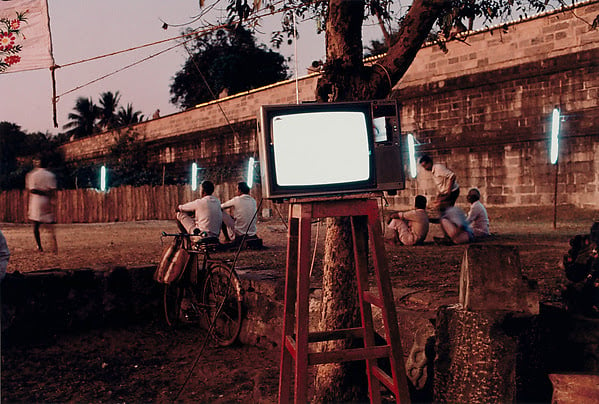A lot of non-native speakers can show higher command of the language, because they took the time to study its rules. Just look at how people type on social media.
In real life - yes, but not in DnD.
Just wait until enemies start pushing you into lava. 😂
Reddit's street photography subreddit wasn't that great to be honest. I'm trying to curate a street photography community here, but it is a slow process. [email protected] .
But I agree, I still go back for some niche content like the editors' subreddit.
A lot of games just don't put much thought into players that constantly fail at things and don't really make it enjoyable.
Felt authentic to the tabletop experience where shenanigans like this always happen, even in the middle of a serious game. You always have that one person that keeps pushing after being asked "you sure you want to do that" multiple times.
I'm trying to, reached 300 subscribers, but three of them posted once, several commented once and that's it.
Even Reddit was not niche enough for some things. Like a proper street photography subreddit.
Comparison is the thief of joy. Enjoy others' success but compare yourself of today with yourself from the past.
I don't think so. I think that people want to believe it, justify their unhappiness with their partner, but it mostly comes down to being able to learn, to make compromises and to hold yourself to the same standard (if not higher) than you hold your partner to. Nobody is perfect and people who say their partners are are really sugarcoating it. Being in a relationship can be really difficult and frustrating, but also very rewarding and humbling, because what's better thank being with someone that you understand and he or she understands you? Someone that helps you better yourself? Sometimes it's not even about that, it's just about that calming presence. But none of that comes naturally, none if it just happens like that. It takes work and dedication.
Exactly. Liu Cixin's trilogy Remembrance of Earth's Past has some great writing on different technological levels between alien species and how one could influence a lower tiered civilization by using physics.










At some point 15-20 years ago Firefox was becoming a resource hog and I switched to chrome. I switched back a number of years ago and regret not switching back earlier.